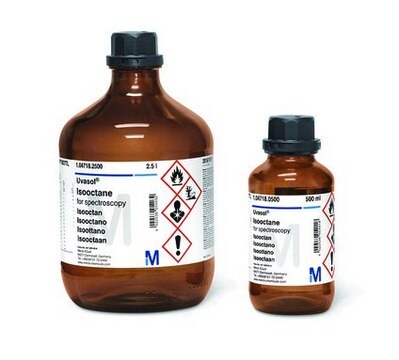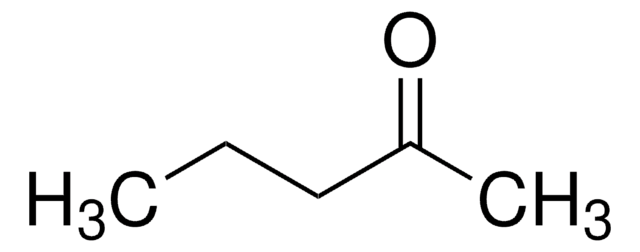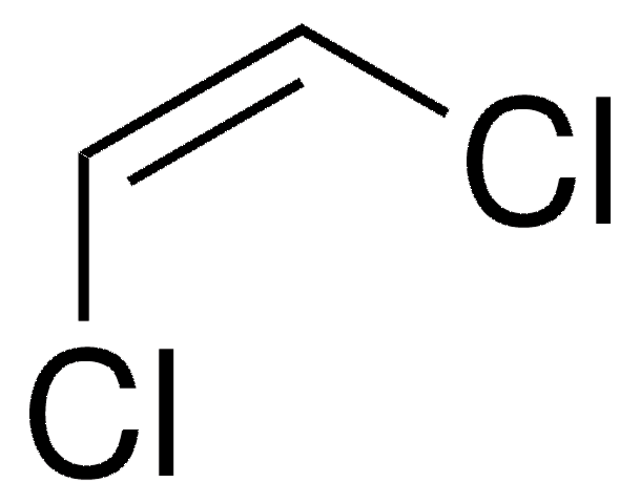443786
Tetrachloroethylene
ACS reagent, ≥99.0%
Sinónimos:
PCE, Perchloroethylene
About This Item
19 mmHg ( 25 °C)
Productos recomendados
grado
ACS reagent
Nivel de calidad
densidad de vapor
5.83 (vs air)
presión de vapor
13 mmHg ( 20 °C)
19 mmHg ( 25 °C)
Ensayo
≥99.0%
Formulario
liquid
técnicas
FTIR: suitable
impurezas
≤0.05% water
residuo de evap.
≤0.0005%
color
APHA: ≤10
índice de refracción
n20/D 1.505 (lit.)
bp
121 °C (lit.)
mp
−22 °C (lit.)
solubilidad
water: soluble 0.15 g/L at 25 °C
densidad
1.623 g/mL at 25 °C (lit.)
cadena SMILES
Cl\C(Cl)=C(\Cl)Cl
InChI
1S/C2Cl4/c3-1(4)2(5)6
Clave InChI
CYTYCFOTNPOANT-UHFFFAOYSA-N
¿Está buscando productos similares? Visita Guía de comparación de productos
Categorías relacionadas
Descripción general
Aplicación
Palabra de señalización
Warning
Frases de peligro
Consejos de prudencia
Clasificaciones de peligro
Aquatic Chronic 2 - Carc. 2 - Eye Irrit. 2 - Skin Irrit. 2 - Skin Sens. 1 - STOT SE 3
Órganos de actuación
Central nervous system
Código de clase de almacenamiento
6.1C - Combustible acute toxic Cat.3 / toxic compounds or compounds which causing chronic effects
Clase de riesgo para el agua (WGK)
WGK 3
Punto de inflamabilidad (°F)
No data available
Punto de inflamabilidad (°C)
No data available
Elija entre una de las versiones más recientes:
¿Ya tiene este producto?
Encuentre la documentación para los productos que ha comprado recientemente en la Biblioteca de documentos.
Los clientes también vieron
Nuestro equipo de científicos tiene experiencia en todas las áreas de investigación: Ciencias de la vida, Ciencia de los materiales, Síntesis química, Cromatografía, Analítica y muchas otras.
Póngase en contacto con el Servicio técnico










